 Plant Nature Study II
Plant Nature Study II
Plant Nature Study II
Plant Nature Study II

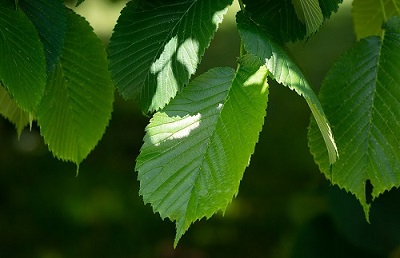
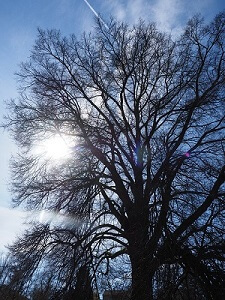
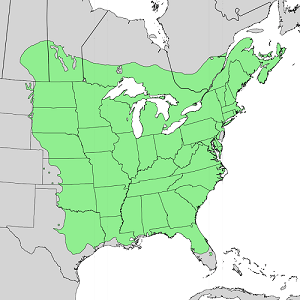
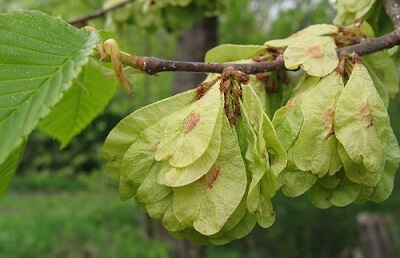
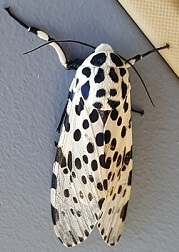
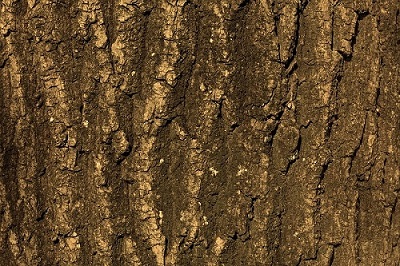
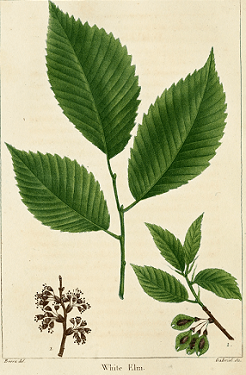
 Plant Nature Study II
Plant Nature Study II
Plant Nature Study II
Plant Nature Study II

Study the lesson for one week.
Over the week:
PARTS OF A LEAF
The elm tree has simple leaves, or those that have an undivided blade with no leaflets.
The diagram labels parts of a leaf.
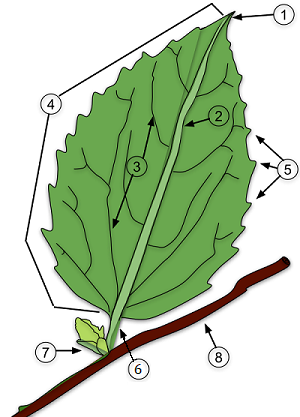
Compare the simple leaf with the compound leaf of the mountain ash, which is divided into leaflets.
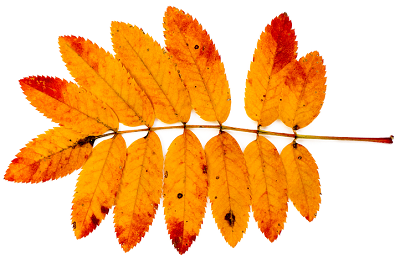
Activity 1: Narrate the Lesson
Activity 2: Study the Lesson Pictures
Activity 3: Take a Nature Walk
Activity 4: Complete a Field Book Entry

After your nature walk, complete pages 7-8 in 'Science Field Book for Fourth Grade.'